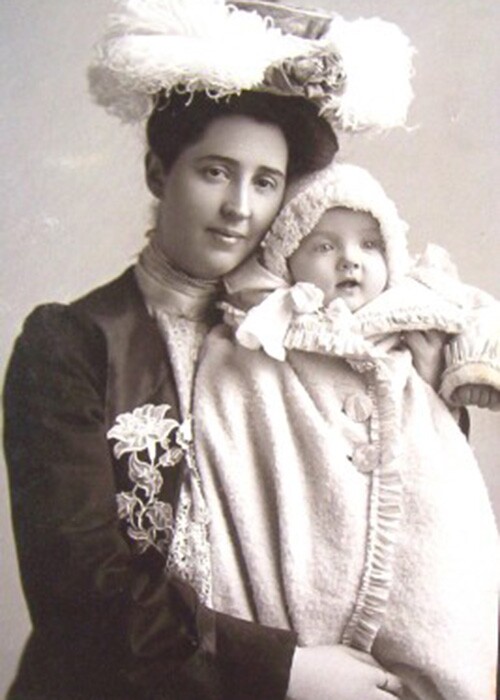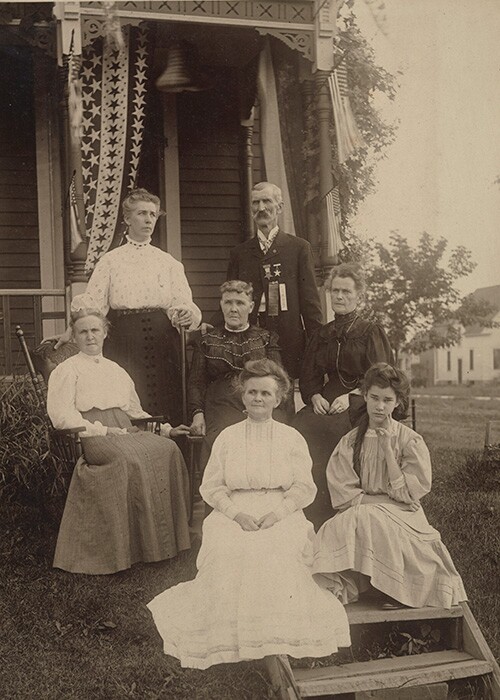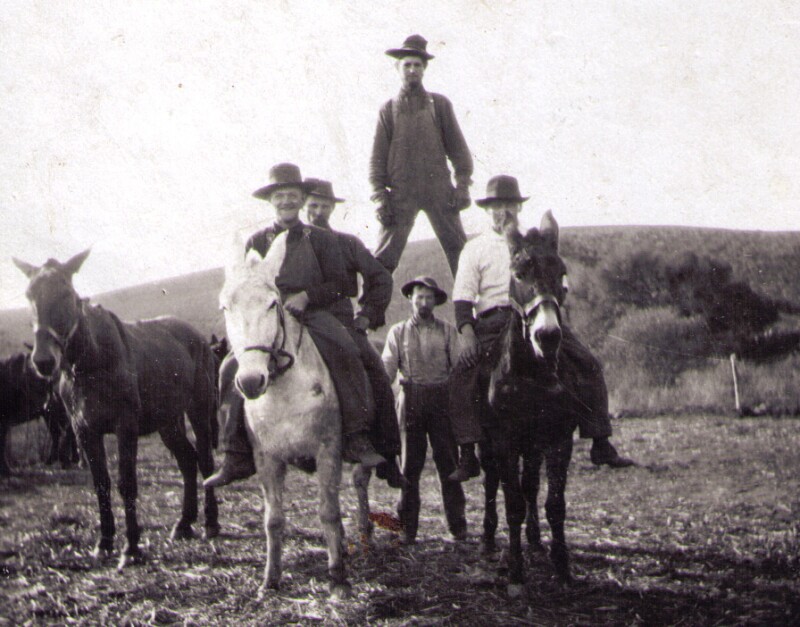The 1870 United States census was taken only a few years after the American Civil War ended. Some families had migrated westward, while others struggled to recover from loss or to find new opportunities, and millions of enslaved persons had recently been freed. The 1870 census was the first census to enumerate the African American population. This fact makes it a very important collection for anyone trying to trace early African American ancestors.
What was your family’s experience in the years after the Civil War? You may find some answers in the 1870 census.
What Was the Start Date for the 1870 Census?
The official 1870 census date was 1 June 1870. Not everyone’s answers could be written down that very day, of course. When a census taker visited a household, the answers were to be given as if it were 1 June 1870. Because of problems in some areas, it took until 23 August 1871 to complete the 1870 census.
What Did the 1870 Census Show?
Although the primary purpose of the United States census is to provide population figures for determining congressional districts, the census also produces many statistics that help describe the nation every 10 years.
The 1870 census showed the population was about 38.6 million. About 33.5 million were marked in the census as “white,” and another 4.9 million were marked as “black” or “mulatto” (the latter term referring to anyone with “any perceptible trace of African blood”). The Chinese population in 1870, though still relatively small at about 63,000 people, had nearly doubled since 1860. The number of American Indians counted was just over 25,000.
Over 5.5 million residents were born outside the United States, and about twice as many people reported being children of immigrants. The numbers of men and women were fairly equal except among Chinese residents, where men outnumbered women by more than 10 to 1.
The 1870 census showed that about 20 percent of the total population could not read, but among nonwhites, that figure was reversed—only about 20 percent could read.
What Can Be Found in the 1870 Census?

In the 1870 census, each person was listed individually by full name along with some very basic information:
- Age at last birthday
- Sex
- Color (or race)
- Occupation
- Estimated value of real and personal property
- Birthplace
Additional columns assessed:
- Whether a person’s parents were of foreign birth
- The month of a birth or marriage if it was within the past year
- Whether the person had attended school within the past year
- Whether the person, if over age 10, could read or write
Two final questions identified male United States citizens over 21 and whether their “right to vote [was] denied or abridged on other grounds than participation in rebellion or other crime.”
How to Identify Households in the 1870 Census
In this census, each person was listed within a household, which was defined as “people [who lived] together under one roof, and are provided for at a common table.” No family relationships were stated clearly in the 1870 census. The “Relationship to head of household” column wasn’t added until 1880. That said, the head of household’s name was to appear first, followed by a spouse, if present. The rest of the family was listed “in order” thereafter. According to a previous census, this instruction meant that parents’ names were followed by “the name of the oldest child residing at home, then the next oldest, and so on to the youngest, then the other inmates, lodgers and borders, laborers, domestics, and servants.” Additional research is needed to confirm family relationships, but the order of the names can be an important clue.
You may also find information about relatives on separate “special schedules” taken for the 1870 census. These schedules included the mortality, agricultural, and manufacturing schedules.
How to Find Someone in the 1870 Census

It is free to search the 1870 census at FamilySearch.org. Here’s how you can get started.
Enter a relative’s first and last name. Consider adding the name of someone that person was probably living with in 1870. To narrow the search results even more, add other details you know, such as the person’s race, year of birth, birthplace, or residence at the time of the census.
Find your family in the list of search results, watching for unique details you recognize, such as a middle name, the name of a relative, or the exact residence. Don’t worry too much about exact spellings, as people’s names often appeared under a variety of spellings in the past. If you don’t see a relative, try searching under a nickname, with a middle name, or with the name of another member of the household.
If you can’t find your relatives, search for them in the 1860 and 1880 censuses, and then return to the 1870 census to search for them in the same locales. Remember that your family may have moved, though; westward migration was especially common during this time. Also remember that in the 1860 census, enslaved African Americans were not listed by name. Follow these tips for researching African Americans before and after 1870.
If you still can’t find relatives in the 1870 census, it’s possible they appear under a name or description you don’t recognize. Women especially may have had a different surname. It is also possible that some people were not counted in the 1870 census or that they were not alive.

What Was Life Like in 1870?
In the years before the 1870 census, many people experienced tragedy and turmoil from the Civil War and its aftermath. However, for millions of women, men, and children, slavery ended, beginning a long road toward better lives for people of African descent. With the Homestead Act of 1862, opportunities opened to own land in the West. Westward travel became easier after the 1869 completion of the Transcontinental Railroad, which was built largely by Chinese immigrants.
Which of these events may have affected your ancestors’ lives the most? Explore these events that preceded the 1870 census.
Find Your Relatives in the 1870 Census
Ready to see where your ancestors were in 1870 and what you can learn about them? Explore the 1870 census for free.












